Back in 1997, George Lucas unleashed the Star Wars: Special Edition – reworked remasters of the original Star Wars trilogy. Debate still rages over the quality of Lucas’ Special Edition tinkering, so we’re throwing our hat in the ring and ranking the major changes from worst to best below.
Related: Star Wars: How Old Is Luke Skywalker in A New Hope?
A few caveats before we make the jump to hyperspace here. The following list also includes additional alterations Lucas made to the Special Editions for their various home media releases. However, it doesn’t include tweaks that pre-date the Special Editions. Also, we’re only focusing on big changes, so stuff like Boba Fett’s redubbed voice and the blinking Ewoks didn’t make the cut.
10. Hayden Christensen’s Return of the Jedi Cameo
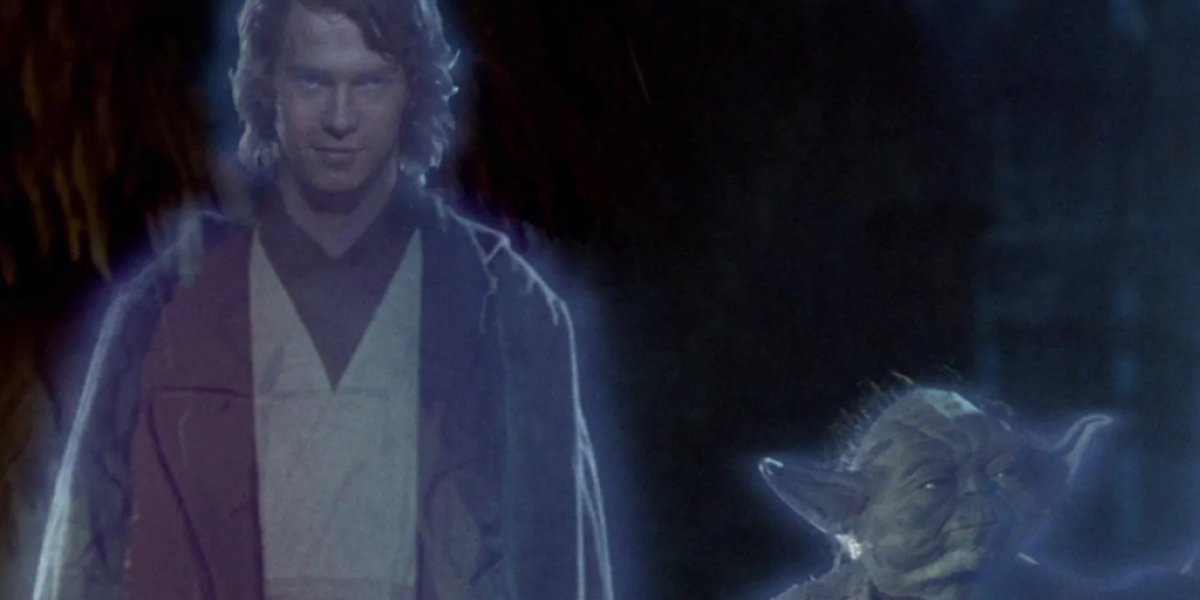
Hayden Christensen replacing Sebastian Shaw as Anakin Skywalker’s Force Ghost in Return of the Jedi is one of several continuity-centric changes on this list, and also the clunkiest (which is saying something). Lucas’ motivation is easy to understand: pasting Christensen’s mug over Shaw’s strengthens the link between the original and prequel trilogies. But the execution makes no sense. Why is Anakin’s specter youthful, when Obi-Wan and Yoda’s apparitions appear old?
Full credit to Lucas: he employs some impressive philosophical gymnastics on the Return of the Jedi DVD audio commentary to rationalize replacing Shaw with Christensen. Apparently, Anakin “died” when he adopted the Darth Vader persona in Revenge of the Sith (as portrayed by Christensen). This doesn’t stack up, however, as Anakin’s redemption hinges on a small spark of his heroic self surviving his transformation into Vader.
9. Vader Screams “No” While Saving Luke
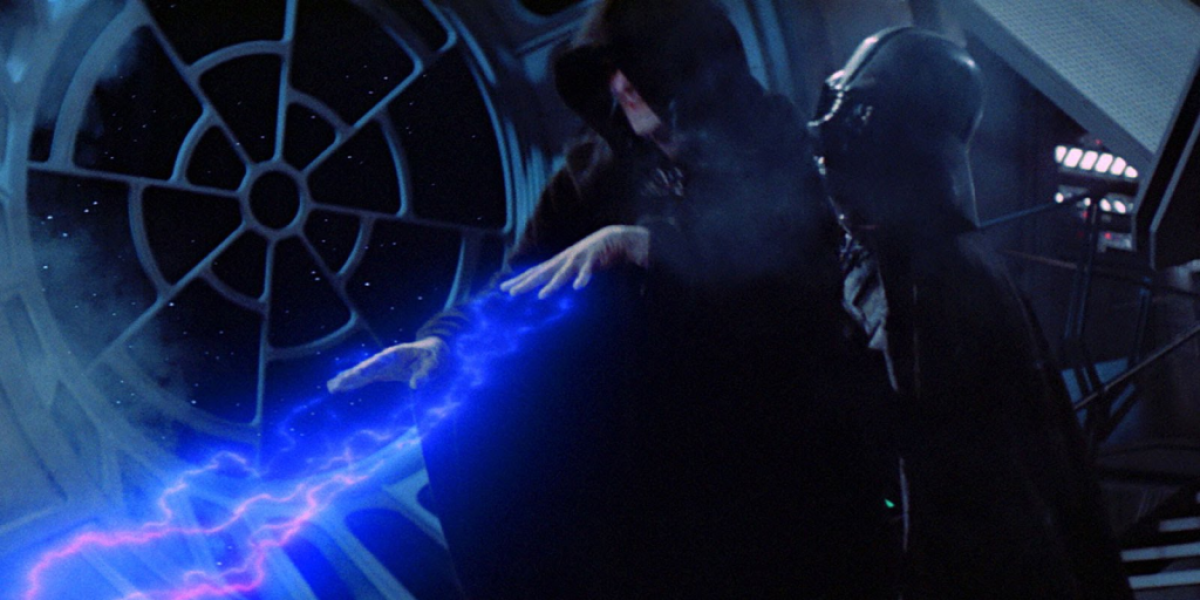
The emotional climax of Return of the Jedi – heck, in the first six Star Wars movies – sees Darth Vader finally reject the Dark Side and rescue Luke Skywalker from the Emperor. Vader remains silent throughout – or at least, he did, until the 2011 Blu-ray release. Here, the Sith Lord first murmurs and then bellows the word “no” as he swoops in to save the day. It’s an awkward callback to Vader’s widely lampooned wailing during Revenge of the Sith‘s epilogue and renders one of the most powerful scenes in Star Wars history borderline unwatchable.
8. Greedo Shoots First
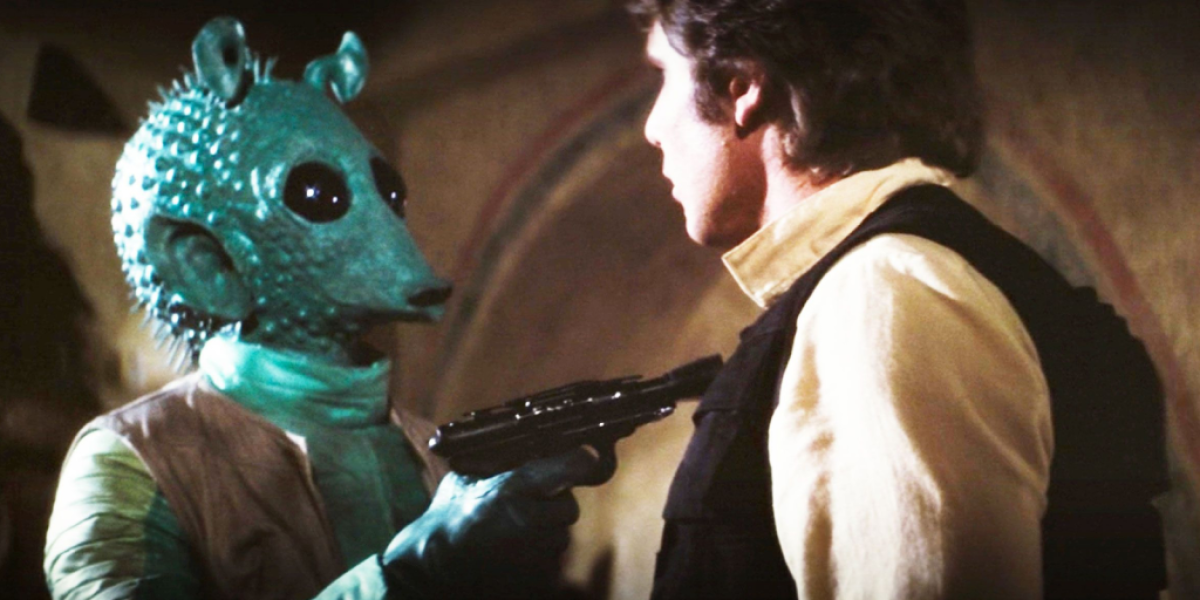
Once the poster child for bad post-release Star Wars changes, Greedo getting a shot off before Han Solo guns him down in A New Hope is still pretty awful. For starters, Greedo missing Han at point-blank range is unconvincing – as is the latter’s CGI-assisted head tilt. Lucas refined the Han/Greedo shootout with each new A New Hope iteration, but he was polishing bantha poodoo. And no one will ever fully understand why Greedo yelps “Maclunky” as he pulls the trigger in the 4K HDR Disney+ version.
But more importantly, having Greedo shoot first seriously undermines Han’s characterization. Frying Greedo before the bounty hunter can attack establishes Han as a more mercenary character than the likes of Luke Skywalker and Princess Leia. Is he a bad guy? No. But he’s not entirely on the side of the angels at this stage of his career, either. This doesn’t apply if Han was explicitly acting in self-defense as presented in the Special Edition, however, and he’s less compelling as a result.
Related: Star Wars: Is Episode X Happening?
7. Jabba the Hutt Confronts Han Solo
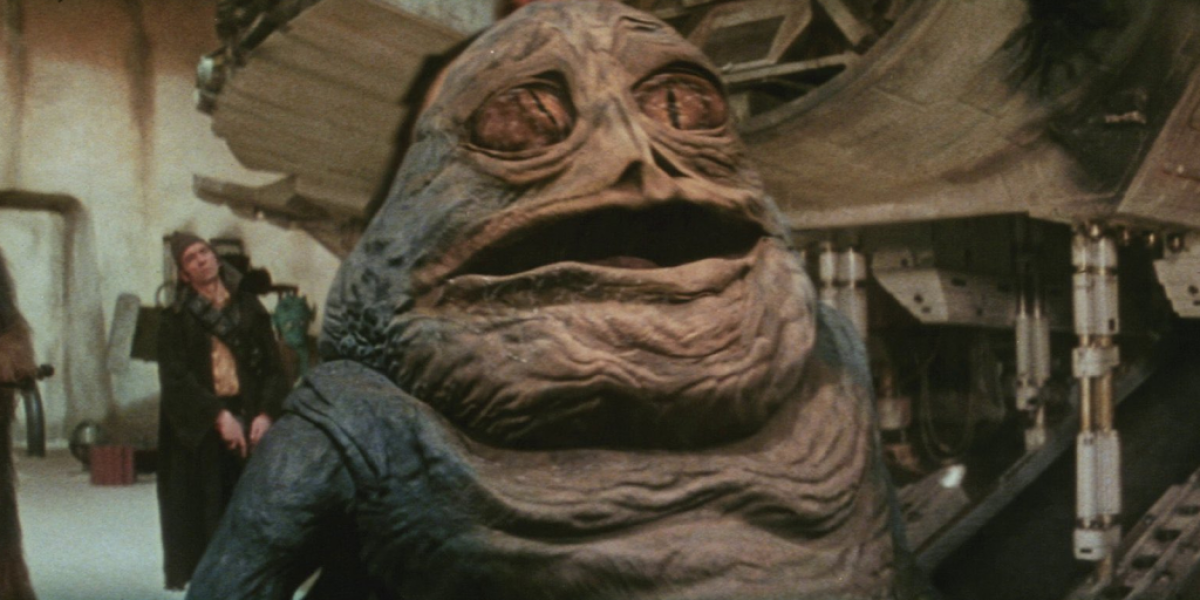
Jabba the Hutt confronting Han Solo outside the Millennium Falcon was among the scenes shot during principal photography on A New Hope. However, it ended up on the cutting room floor, ostensibly because Lucas and ILM didn’t have the technology to realize the slug-like Jabba. As such, there’s a certain logic to re-inserting this deleted scene. CGI can now create characters like Jabba, and introducing the alien gangster in A New Hope sets up his prominent role in Return of the Jedi.
Yet whatever good the scene between Jabba and Han does for the wider Star Wars franchise’s canon pales in comparison to its negative impact on A New Hope itself. Cramming this slow, chatty stand-off back into the story hurts the film’s overall pacing. Plus, we already know everything important about the Jabba/Han dynamic from the Greedo scene earlier in the film. The visual effects – cutting-edge at the time – don’t look great either (especially when Han steps on Jabba’s tail).
Lucas revisited the Jabba CGI for A New Hope‘s 2004 DVD release and it’s a marked improvement. But not even a facelift can save this redundant clunker of a scene.
6. The Max Rebo Band’s New Musical Number
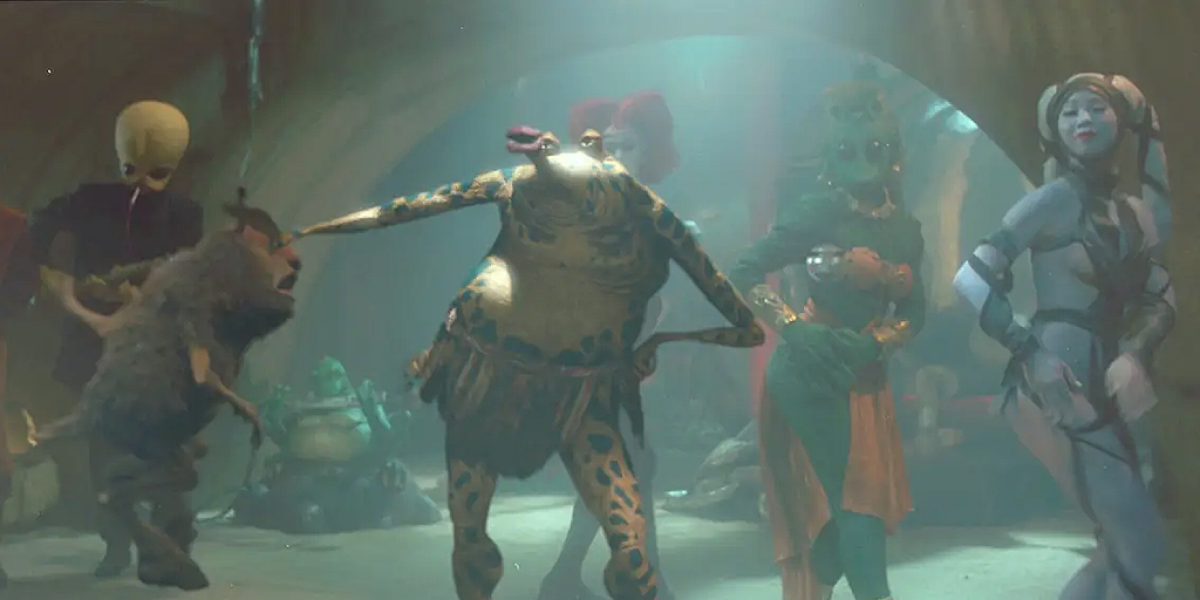
Return of the Jedi‘s opening act always boasted a musical number, but the Special Edition version of this sequence goes ham. Whereas before, Sy Snootles and the rest of the Max Rebo Band performed the relatively restrained tune “Lapti Nek,” now they go all out with “Jedi Rocks” (seriously: that’s the track’s actual name). You can’t miss it, and that’s the problem.
The CGI for Sy and her furry fellow vocalist Joh Yowza (like the Sarlaac’s beak later) is overambitious, and sticks out from the existing footage like a sore thumb. But what really grates are Sy’s obnoxious vocals. Admittedly, the number cuts together well with Jabba and slave dancer Oola’s scuffle – particularly the backing singers near the end – but less was definitely more in this instance.
5. The Wampa’s Close-Ups In The Empire Strikes Back
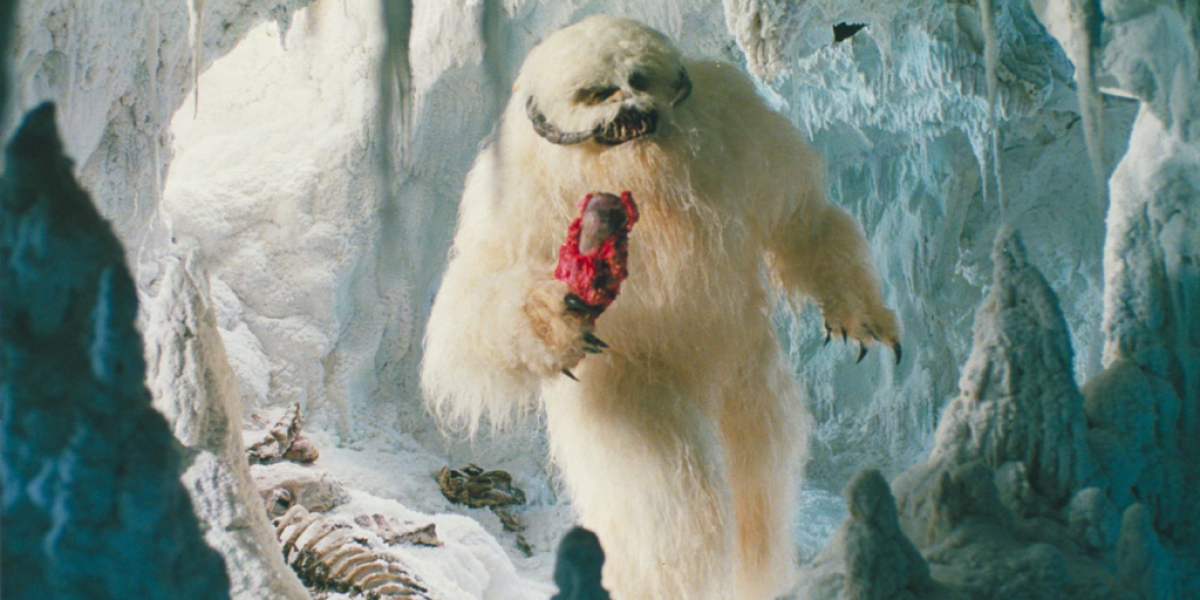
Lucas’ initial conception of Luke Skywalker’s encounter with the wampa in The Empire Strikes Back called for several shots of the ice creature in all its glory. However, when it came time to shoot this scene, the wampa suit proved impractical, and most of the footage was nixed. Instead, Lucas and director Irvin Kershner aped Steven Spielberg’s approach on Jaws, relying on viewers’ imaginations to convey the monster’s menace.
The results were pretty effective – but so are the new wampa shots Lucas inserted into The Empire Strikes Back‘s Special Edition re-release. He even used a guy in a suit (not CGI), so the Special Edition material blends fairly seamlessly with what Kershner originally shot. That’s why we’ve put the revamped wampa scene in the #5 slot: because most folks don’t feel strongly about it either way. Honestly, it’s kinda easy to forget it’s even a change!
4. Ian McDiarmid Appears As the Emperor’s Hologram
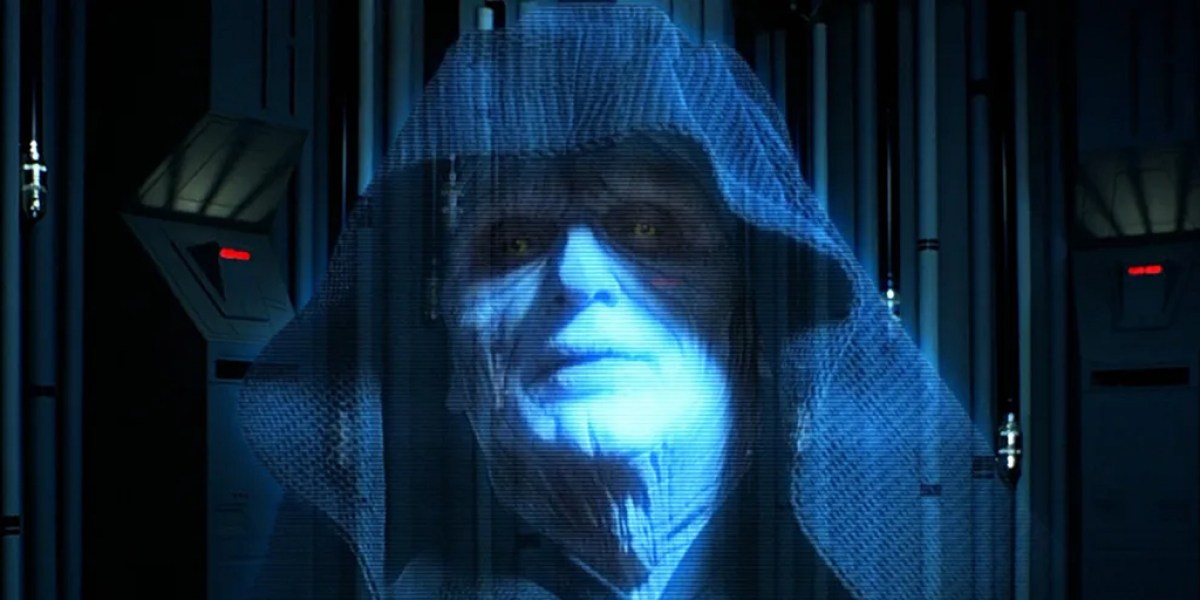
Like the wampa scene, Ian McDiarmid subbing in for Clive Revill (and a woman in monkey makeup) as Emperor Palpatine’s hologram in The Empire Strikes is a change most Star Wars fans don’t really grouse over. After all, McDiarmid portrays the Emperor in all his other live-action appearances. Why not here, too? So, purely from a continuity perspective, this do-over gets a big tick. What’s more, McDiarmid is as effective as ever as Palpatine, so it’s not like the scene is worse off.
The visual effects involved marry up well with the existing footage, too. Indeed, if you didn’t know McDiarmid wasn’t originally part of the Empire Strikes Back cast, you’d think his performance was part of the cut screened in 1980. Really, the only potential pain point here is the revised dialogue between Palpatine and Darth Vader. It’s not that it’s bad per se, but it arguably makes Vader’s true connection to Luke Skywalker more obvious than before.
Related: When Does Ahsoka Season 2 Come Out?
3. Luke’s Reunion With Biggs Darklighter
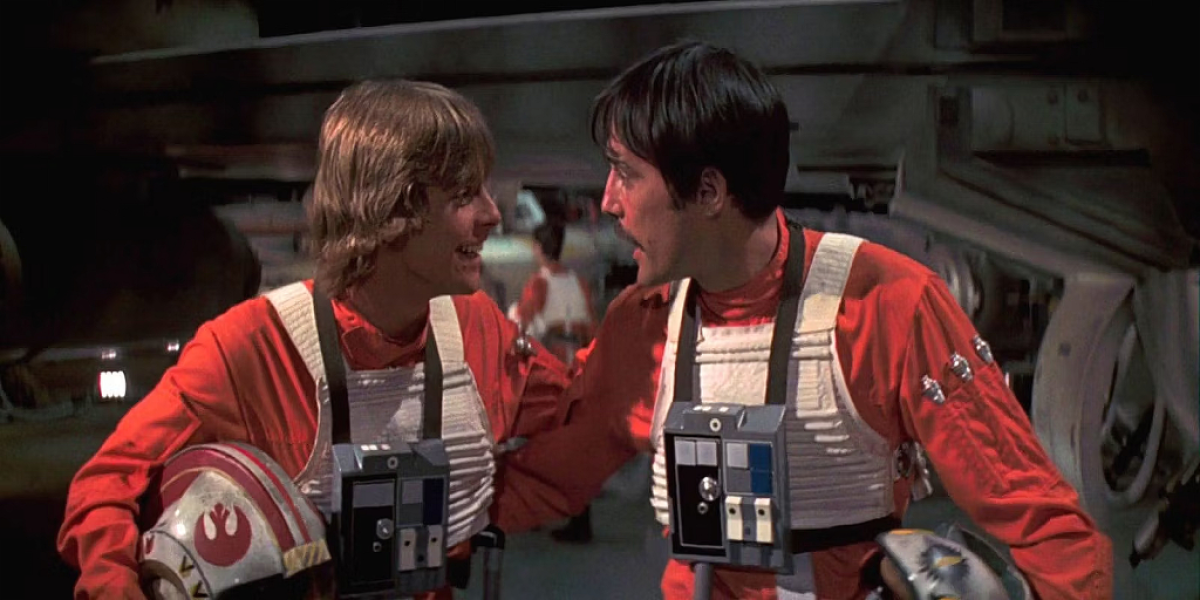
The Special Edition‘s CGI X-Wing shots for A New Hope‘s Battle of Yavin get a lot of attention, and rightly so. They hold up pretty well and make the set piece more dynamic. Yet the real enhancement to the movie’s climactic space dust-up comes earlier in proceedings. Lucas has restored a deleted scene of Luke Skywalker reuniting with his childhood pal Biggs Darklighter before the fighting starts, and it was 100% the right call. It gives us a better insight into Luke and Biggs’ bond – barely established in the original version of A New Hope – so when the latter ultimately dies, it actually means something.
2. The Galaxy-Spanning Celebration Montage
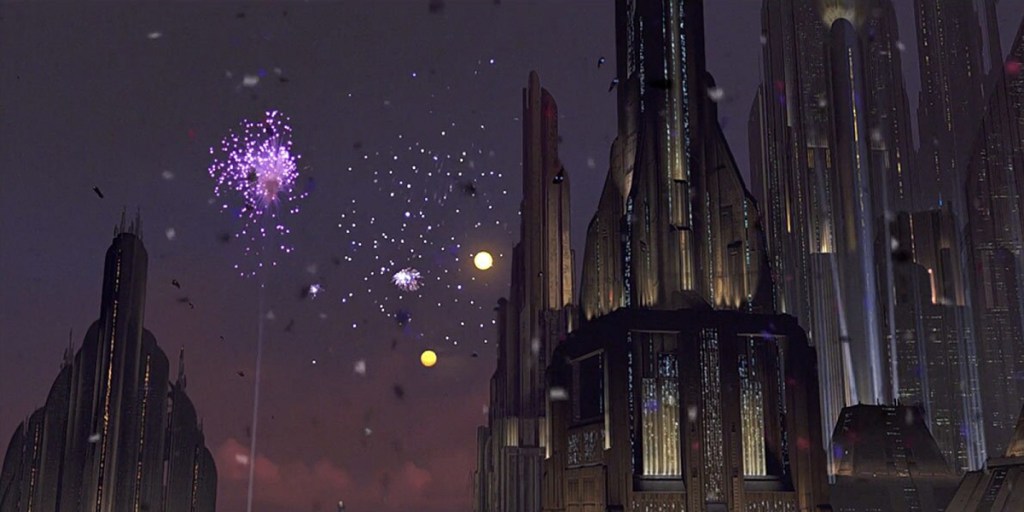
Easily the best of Lucas’ attempts to marry the original and prequel trilogies together, Return of the Jedi‘s retroactively added montage spotlights various planets celebrating the Empire’s downfall. Endor, Tatooine, and Bespin feature alongside newer locales Coruscant and (as of 2004) Naboo, giving us a fuller appreciation for what Luke and his fellow Rebels have achieved. The CGI involved isn’t too distracting, and John Williams’ new musical cue is arguably an upgrade too. Original Ewok sing-a-long track “Yub Nub” is an… acquired taste.
Related: Star Wars: The Rise of Skywalker Main Actors & Cast List
1. Cloud City’s Expanded Vistas
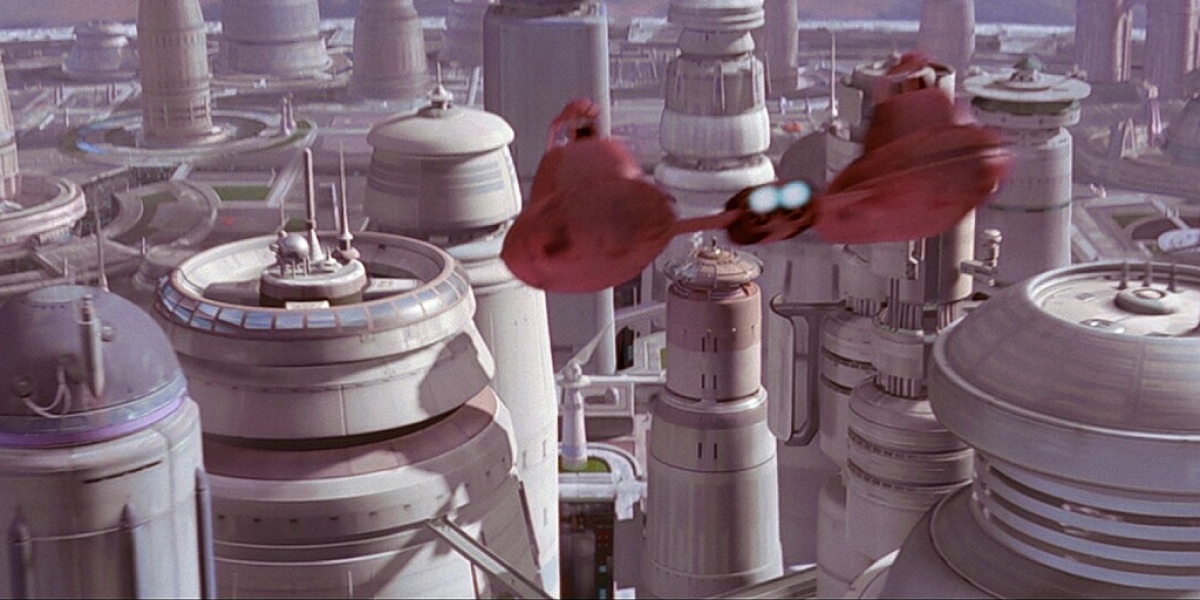
Lucas’ use of CGI to expand the original Star Wars trilogy’s exotic environments yields mixed results, but when it works, it works. Such is the case with the Special Edition‘s suped-up Cloud City. Earlier versions of The Empire Strikes Back depict Cloud City as incongruously claustrophobic, with only a handful of matte painting shots giving us a sense of its dream-like qualities.
By contrast, the Special Edition‘s upgraded take on the floating mining colony is peppered with windows and portholes that showcase its cloud-streaked vistas. Admittedly, some of the establishing shots are a little ropey – and a shot of Vader marching past the skyline is downright unnecessary – but this change is otherwise on the money.
The original (post-Special Edition) Star Wars trilogy is currently streaming on Disney+, as part of the platform’s Star Wars collection.

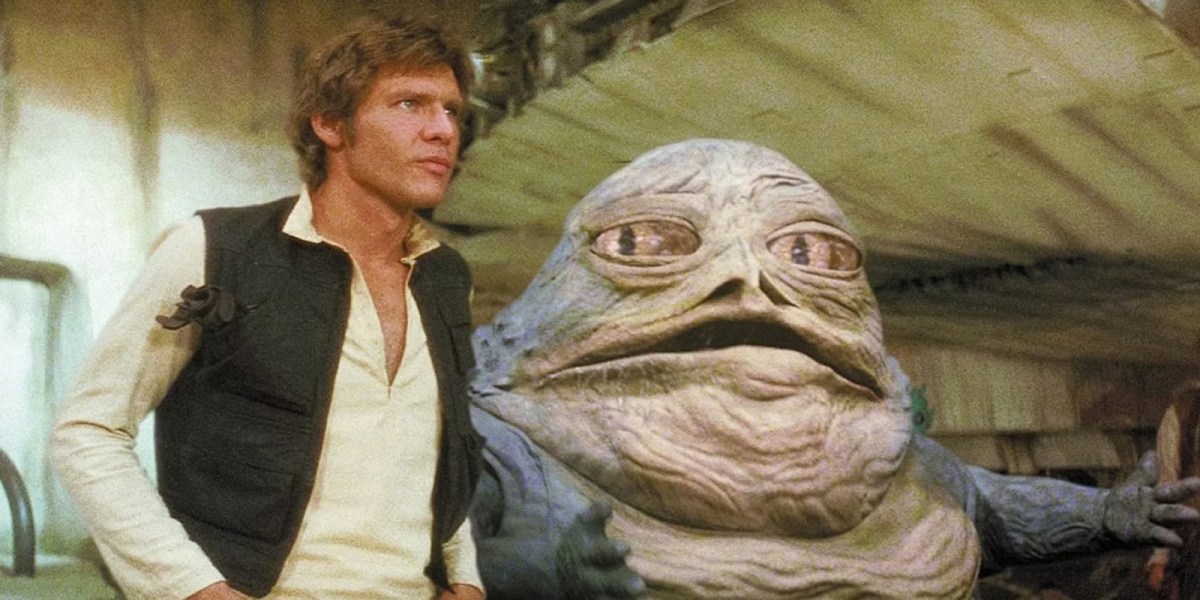




Published: Apr 27, 2024 03:47 pm